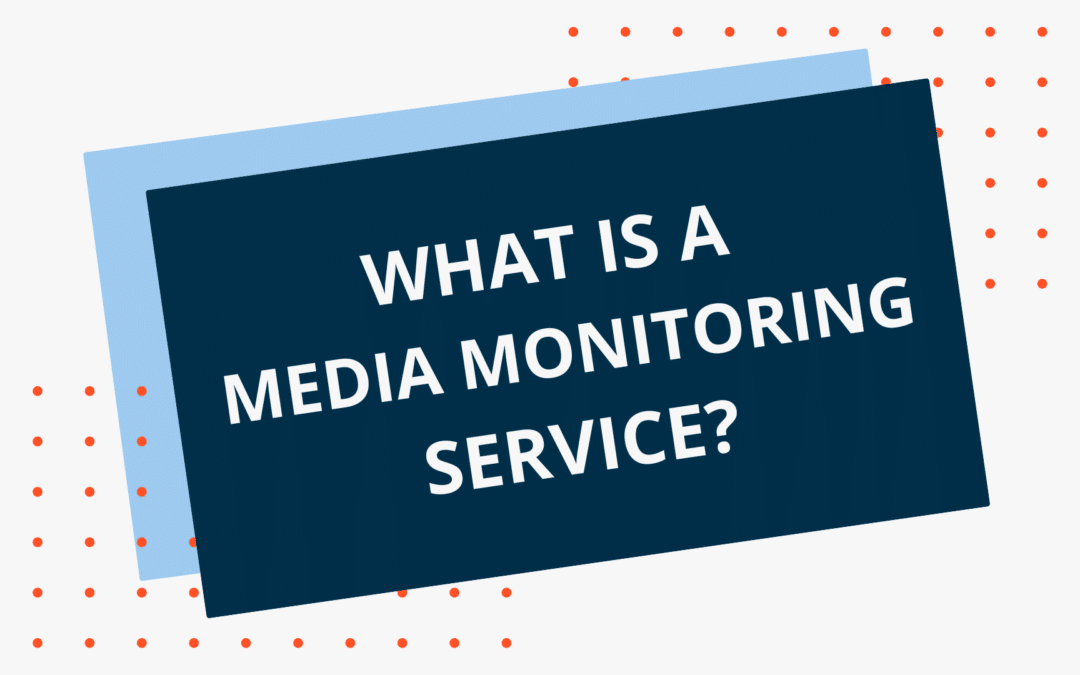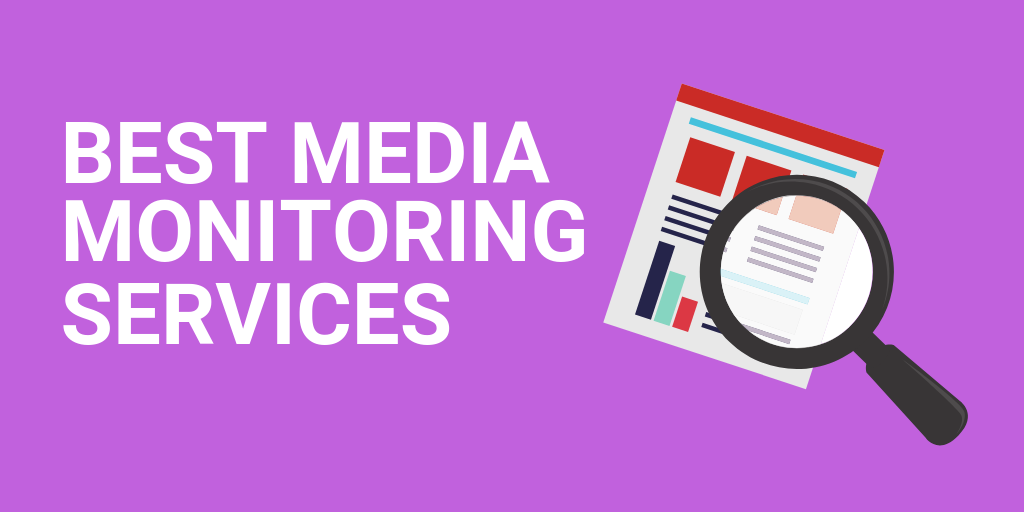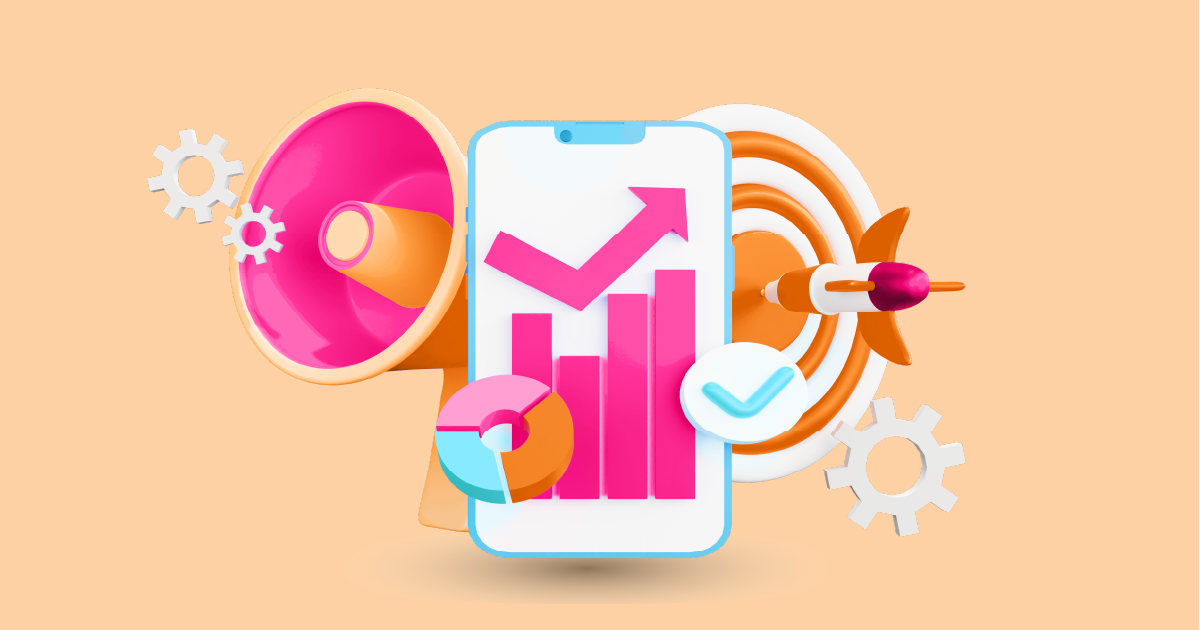In today’s fast-paced digital world, maintaining a strong online presence and reputation is paramount for businesses and individuals alike. With the abundance of information available across various media channels, it can be challenging to keep track of how your brand is perceived by the public. This is where media monitoring services come into play.
Introduction to Media Monitoring Services

1. What is media monitoring?
Media monitoring involves tracking, analyzing, and interpreting mentions of a brand, product, or individual across different media platforms. These platforms include traditional media such as newspapers, magazines, and television, as well as digital channels like social media, blogs, forums, and online news sites.
2. Importance of media monitoring services
In today’s digital age, where news travels at lightning speed and public opinions can make or break a brand, media monitoring is essential for businesses to stay informed and responsive. By monitoring media mentions, organizations can gauge public sentiment, identify emerging trends, and proactively manage their brand reputation.
Types of Media Monitoring Services
1. Traditional media monitoring
Traditional media monitoring involves tracking mentions of a brand in newspapers, magazines, TV, and radio broadcasts. This type of monitoring provides valuable insights into how a brand is portrayed in mainstream media outlets.
2. Social media monitoring
With the rise of social media platforms like Facebook, Twitter, Instagram, and LinkedIn, social media monitoring has become increasingly important. This involves tracking brand mentions, comments, and conversations on social media to gauge public sentiment and identify potential issues or opportunities.
3. Online news monitoring
Online news monitoring focuses on tracking mentions of a brand across various online news sites and blogs. This type of monitoring helps businesses stay updated on industry news, competitor activities, and emerging trends.
4. Broadcast media monitoring
Broadcast media monitoring involves tracking mentions of a brand on radio and television broadcasts. This type of monitoring provides insights into how a brand is portrayed in audiovisual media channels.
Benefits of Media Monitoring Services
1. Understanding brand perception
Media monitoring allows businesses to gain valuable insights into how their brand is perceived by the public. By tracking mentions and analyzing sentiment, organizations can identify areas of strength and weakness and take proactive steps to enhance their brand reputation.
2. Crisis management
In the event of a crisis or negative publicity, media monitoring enables businesses to respond quickly and effectively. By monitoring media mentions in real-time, organizations can identify emerging issues, assess their impact, and implement timely crisis management strategies to mitigate reputational damage.
3. Competitor analysis
Media monitoring also provides valuable insights into competitor activities and market trends. By tracking competitor mentions and analyzing industry news, businesses can identify emerging threats and opportunities and adjust their strategies accordingly.
4. Market research insights
Media monitoring can serve as a valuable tool for market research and consumer insights. By analyzing media mentions and consumer sentiment, organizations can gain a deeper understanding of customer preferences, behaviors, and trends, and make data-driven decisions to drive business growth.
Key Features to Look for in Media Monitoring Tools
1. Real-time monitoring capabilities
Effective media monitoring tools should offer real-time monitoring capabilities to track mentions and trends as they happen. This allows businesses to stay informed and responsive in today’s fast-paced media landscape.
2. Customizable alerts and reports
Media monitoring tools should also offer customizable alerts and reports to suit the specific needs of businesses. This enables organizations to receive timely notifications and insights tailored to their objectives and preferences.
3. Sentiment analysis
Advanced media monitoring tools often include sentiment analysis features to assess the tone and sentiment of media mentions. This helps businesses gauge public sentiment and identify positive or negative trends that may impact their brand reputation.
4. Comprehensive coverage
Media monitoring tools should provide comprehensive coverage across various media channels, including traditional media, social media, online news sites, and blogs. This ensures that businesses have a complete view of their brand presence and public perception across different platforms.
Tips for Effective Media Monitoring
1. Setting clear objectives
Before embarking on a media monitoring strategy, it’s essential to define clear objectives and goals. Whether it’s monitoring brand mentions, tracking competitor activities, or analyzing market trends, setting specific objectives will help guide your monitoring efforts and measure success.
2. Choosing the right keywords
Keywords play a crucial role in media monitoring, as they determine the relevance and accuracy of the mentions tracked. Businesses should carefully choose keywords that are relevant to their brand, industry, and target audience to ensure comprehensive coverage and meaningful insights.
3. Analyzing and interpreting data
Monitoring media mentions is just the first step; the real value lies in analyzing and interpreting the data to extract actionable insights. Businesses should leverage analytics tools and techniques to identify trends, patterns, and correlations in media data and translate them into strategic decisions.
Future Trends
1. AI and machine learning integration
The future of media monitoring lies in AI and machine learning technologies, which can automate and enhance the monitoring process. By leveraging AI algorithms to analyze vast amounts of data and identify meaningful patterns, businesses can gain deeper insights and make more informed decisions.
2. Predictive analytics
Predictive analytics will also play a significant role in media monitoring, enabling businesses to anticipate trends and consumer behavior based on historical data and predictive modeling. By leveraging predictive analytics tools, organizations can stay ahead of the curve and proactively respond to emerging opportunities and threats.
3. Cross-platform monitoring
With the proliferation of media channels and platforms, cross-platform monitoring will become increasingly important. Businesses will need to monitor their brand presence and public perception across various channels, including traditional media, social media, online news sites, and blogs, to ensure comprehensive coverage and insights.
Challenges and Solutions
1. Dealing with vast amounts of data
One of the biggest challenges in media monitoring is dealing with the vast amounts of data generated across different media channels. To address this challenge, businesses can leverage AI and machine learning technologies to automate data collection, analysis, and interpretation and extract meaningful insights at scale.
2. Ensuring data accuracy and relevancy
Another challenge in media monitoring is ensuring the accuracy and relevancy of the data collected. To overcome this challenge, businesses should use advanced analytics tools and techniques to filter out noise, eliminate duplicates, and ensure that the data analyzed is accurate, relevant, and actionable.
3. Addressing privacy concerns
Privacy concerns also pose a challenge in media monitoring, particularly concerning the collection and use of personal data from social media platforms and online sources. To address this challenge, businesses should adhere to strict data privacy regulations and guidelines and obtain consent from individuals before monitoring their public mentions.
Conclusion
In conclusion, media monitoring services play a crucial role in helping businesses stay informed, responsive, and proactive in managing their brand reputation and public perception. By tracking and analyzing media mentions across various channels, organizations can gain valuable insights, identify emerging trends, and make data-driven decisions to drive business success.
Ready to experience the power of media monitoring firsthand? Request a demo from AIM Technologies today and discover how our cutting-edge solutions can help you gain a competitive edge in today’s dynamic digital landscape.




